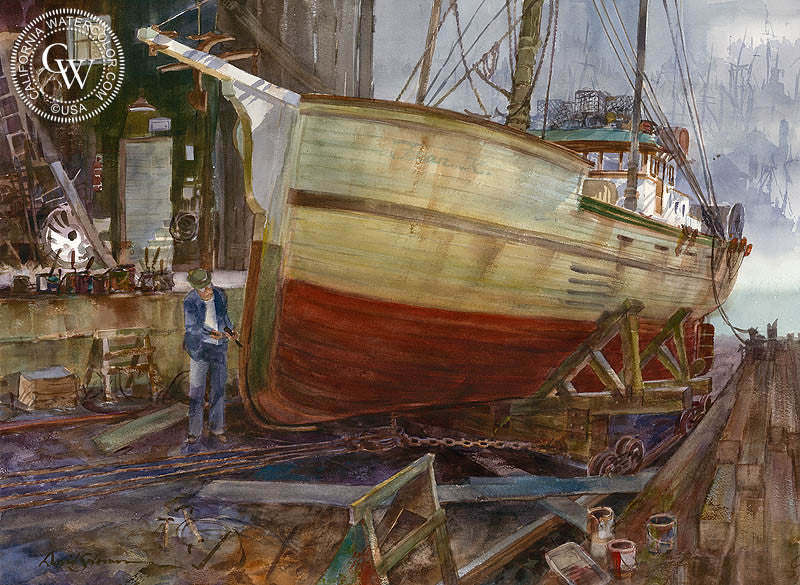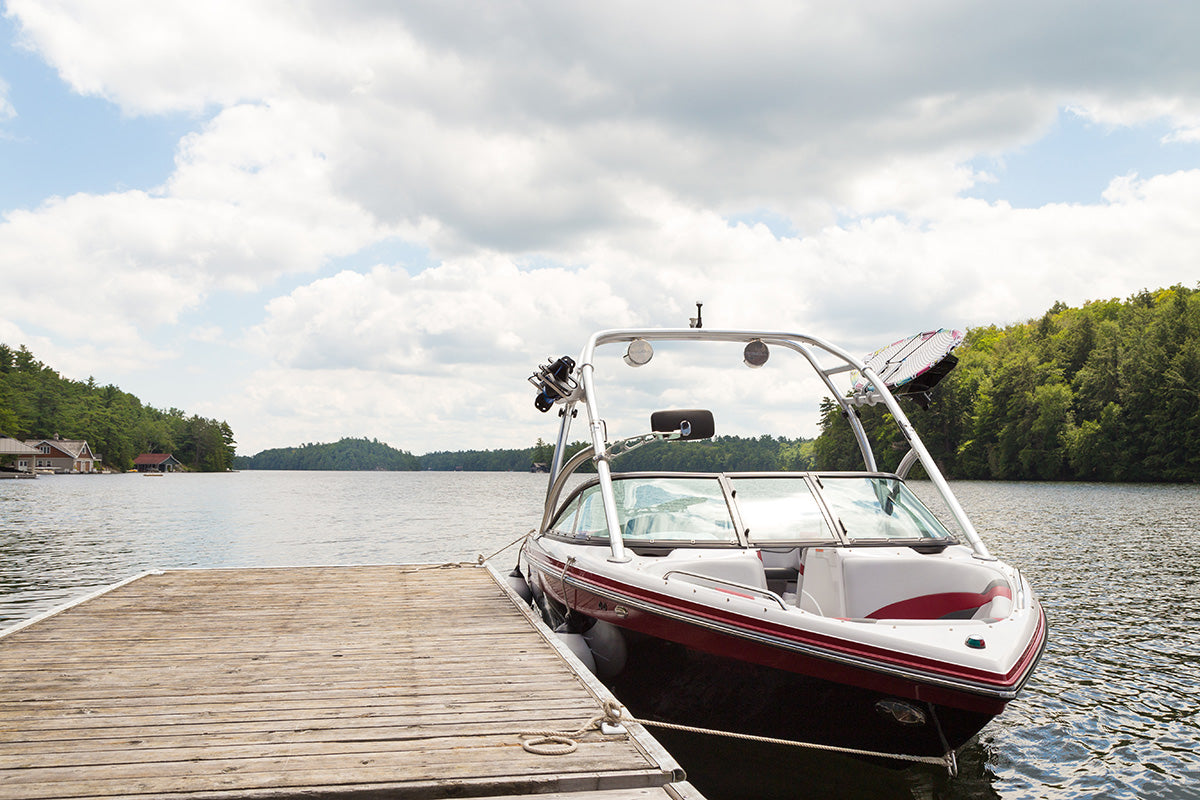Why Routine Maintenance Can Minimize Future Dock Repairs
Exactly How to Address Common Dock Repair Work Issues for Safe Water Tasks

Identifying Common Dock Issues
Identifying typical dock issues is vital for keeping the capability and safety and security of your waterside residential property. Routine inspections can help discover troubles before they become severe, making certain both the longevity of the dock and the safety and security of those that use it. One common issue is loosened or rusty bolts. In time, screws, bolts, and various other fasteners can come to be loose as a result of continuous exposure to water and weather condition elements, resulting in structural instability.
Another typical trouble is the destruction of flotation protection devices. These devices are necessary for keeping the dock resilient, and any type of damages or slits can trigger the dock to list or sink. Regularly looking for leaks or water logged drifts can preempt more considerable concerns.
Additionally, algae and barnacle build-up on the dock's surface area can create unsafe and unsafe problems. This biofouling not only presents a threat to users however can also speed up the deterioration of the dock products.
Last but not least, checking for indicators of rust on steel components is necessary. Rust can jeopardize the integrity of the dock's framework, making it dangerous. By routinely recognizing these common dock problems, you can guarantee that your dock continues to be protected and functional for many years to come.
Repairing Rotting Timber
When resolving the concern of rotting wood on your dock, it is critical to act promptly to avoid additional wear and tear. Begin by extensively inspecting the entire structure to determine all affected areas. Utilize a screwdriver to penetrate the timber; if it sinks in quickly, the timber is most likely rotted and needs immediate attention.
Once identified, eliminate the decayed sections utilizing a saw or carve. Make sure to reduce back to healthy, solid timber, guaranteeing you get rid of all jeopardized material. After removal, treat the continuing to be timber with a wood preservative to stop future rot. This therapy will help safeguard versus wetness, which is the main root cause of timber degeneration.
Following, replace the removed areas with marine-grade lumber or pressure-treated wood, which are extra resistant to water damage. Safeguard the new items with galvanized or stainless-steel fasteners to prevent corrosion. Additionally, applying a waterproof sealer to the brand-new wood can supply an extra layer of security.
Securing Loosened Boards
Exactly how do you guarantee your dock stays functional and risk-free for all its users? One essential aspect is securing loose boards, which can otherwise posture substantial risks. Loosened boards not only raise the threat of stumbling yet can likewise compromise the structural integrity of the entire dock.

For reinstallation, make use of stainless or galvanized steel screws, as these products use superior resistance to deterioration in aquatic environments. Ensure the screws are long enough to pass through deep right into the underlying support framework, however not as long that they stick out with the dock's surface. Pre-drilling pilot openings can help stop the wood from splitting.
Finally, preserve a routine assessment timetable to identify and resolve any brand-new concerns immediately. By protecting loosened boards properly, you add to the general safety and long life of your dock, making it a trusted system for water activities.
Stabilizing Unstable Pilings
Guaranteeing the stability of unsteady pilings is critical to maintaining a practical and risk-free dock. Unstable pilings can endanger the entire framework, posing considerable risks to users and possibly bring about pricey repair work. The very first action in stabilizing these essential elements is an extensive examination. Analyze the pilings for indications of rot, damage, or shifting. Use a degree to examine for vertical positioning and guarantee they are driven deep sufficient into the substratum to supply ample support.
If the pilings are discovered to be unsteady, one efficient method for support is the use of extra bracing. Cross-bracing with dealt with lumber or galvanized steel can substantially enhance stability. Anchor the dental braces safely to both the pilings and the dock frame to disperse lots uniformly.

Routine maintenance and regular reassessment of the pilings' security are essential to making sure long-lasting dock safety and security and performance.
Changing Rusty Hardware
Addressing unstable pilings is just one aspect of maintaining a dock's honesty; one more essential issue is replacing corroded equipment. Gradually, direct exposure to dampness and salt can lead to the oxidation and deterioration of brackets, screws, and screws, jeopardizing the click for info whole framework's security. Routine inspection for rust is crucial, particularly after extreme weather condition or seasonal changes.
When corroded equipment is identified, immediate activity is needed. Begin by picking marine-grade stainless steel or galvanized hardware, both created to withstand the rough aquatic atmosphere. Guarantee that you have the ideal devices, such as wrenches and screwdrivers, to safely get rid of the old, rusty pieces without creating additional damage to the dock.
After eliminating the rusty equipment, thoroughly clean the affected locations to eliminate any recurring rust or particles. Apply a rust-inhibiting primer to subjected steel surface areas prior to installing the brand-new equipment. Tighten up all fixtures safely to avoid future helping to loosen, and periodically check the installations to ensure continuous stability.
Replacing rusty hardware not only expands the dock's life-span but additionally dramatically enhances the security of water activities. By proactively managing deterioration, you safeguard both the framework and its individuals, guaranteeing a pleasurable and safe beachfront experience.
Conclusion
Routine inspections and maintenance are essential to address common dock fixing concerns and make sure risk-free water tasks. Such proactive measures add to the general security and performance of dock frameworks, promoting a protected environment for water-based activities.
Ensuring the safety and security of water activities pivots dramatically on the correct upkeep and repair work of docks (Dock Repairs). These tools are essential for maintaining the dock buoyant, and any kind of damages or punctures can cause click over here now the dock to checklist or sink. By regularly determining these usual dock concerns, you can ensure that your dock stays functional and safe and secure for years to come
Ensuring the security of unstable pilings is vital to preserving a practical and secure dock.Normal examinations and upkeep are important to address common dock repair work problems and make certain secure water tasks.